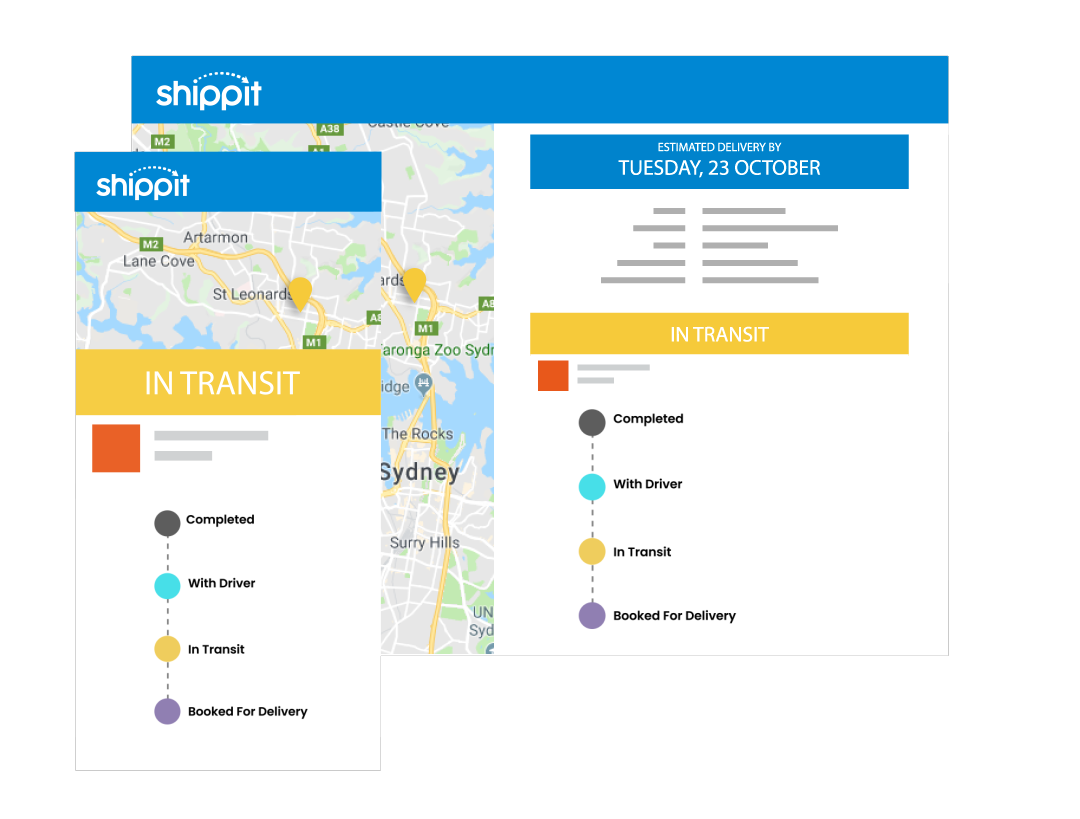So you’ve written a blog. Now what?
Adopting a ‘build it and they will come’ mentality will do absolutely nothing to help you promote your blog. To get your blog in front of the right readers, you’ll need to push your message proactively. But, with so many competing mediums and platforms, it can be hard to know where to start. With such low barriers to entry, virtually anyone can create content, but that’s not going to get you any real traction with your target audience. Here’s what you need to know about promoting your blog:
Be Relevant
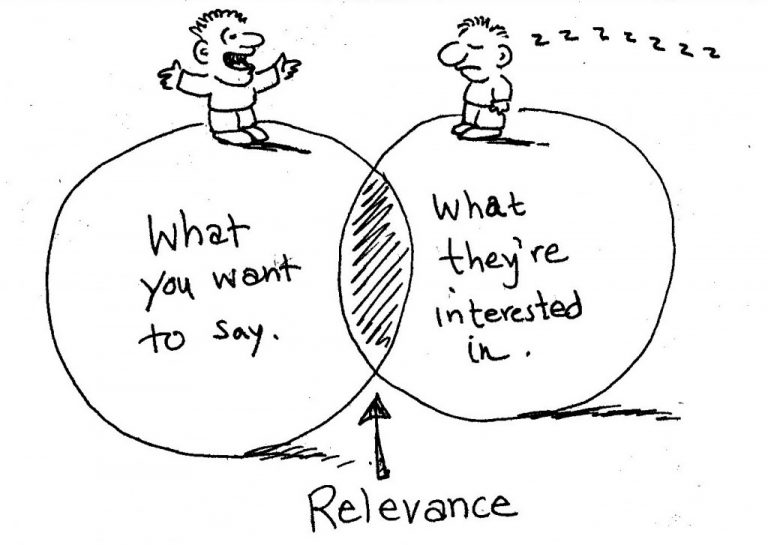
Before we can begin talking about promoting your blog, first, we need to make sure what you’ve written hits all the right notes. Always ask yourself if what you’re creating is useful. If your content doesn’t give the user helpful insights, tips or perspectives, there’s no point promoting it. At the time of writing this article, over 2,578,702 blog articles being written every day, so to stand out from the masses, always be unique, insightful and authentic. With so many blogs and articles at our disposal, take the time to carve out a unique angle and do your keyword research to find ways to cut through.
Invest in Relationships
When it comes to promoting your blog – relationships are everything. As the old saying goes, you get out what you put in. Building relationships take time, sound strategy, and authenticity. Online communities are an invaluable resource for promoting your blog content, but for this approach to work, you’re going to need to invest in relationships. Instead of sending out templated messages asking people to share your blog, start building relationships by sharing other people’s content and adding value by commenting on their articles. To harness the power of community, you’ll need to put in the effort and become a valued member.
Top Tip:
Social media is about engagement – not spam. Blasting your content into every online group you find will ruin your reputation and bring you the wrong readers. Readers are about quality, not quantity.
Pick a Platform
When it comes to promoting your blog, there’s no such thing as a one-size-fits-all strategy. Every business and brand has its own story and target market. Experiment with a few different strategies to find an outlet that works. Below we’ve picked out a few of the most effective methods to promote your blog posts, but remember, you understand your customers better than us, so make sure you’re promoting your content where your customers spend their time.
For distributing blog content, your email database is your low hanging fruit. With any website or business, building your email database will always be a work in progress. Using opt-in tools like SumoMe, Scroll Box and OptinMonster are great ways to grow subscribers. Acquiring an email database is one thing, but retaining it is another challenge altogether. The number one rule is – don’t be spammy; people get more emails than they have time to read them. Keep your emails short and to the point and aim to get the reader to click through to your blog. If big-blast email campaigns aren’t working, try sending plain text emails to give it a more personal feel.
Shopify Blog Email
Take a look at Shopify’s email above. Shopify is really great at promoting new blog posts in emails and newsletters that are relevant to the reader. Note how they have a great call-to-action on the top right-hand corner and they’ve included content relevant to prospects who aren’t yet customers.
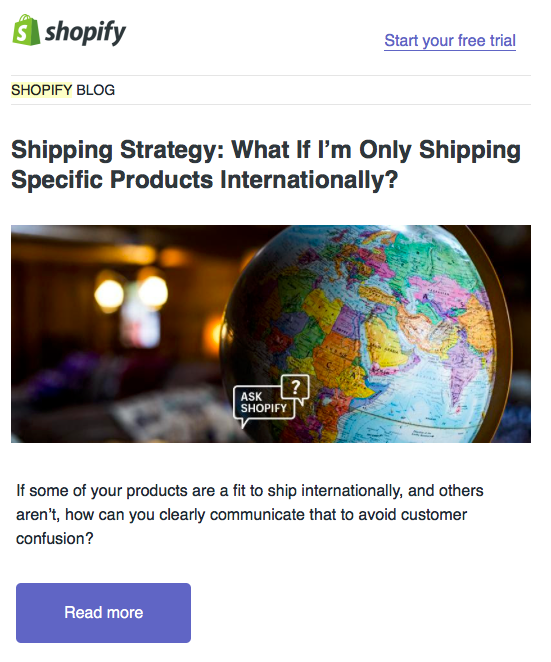
Social Media
If you’ve taken the time to produce meaningful content, then it’s worth taking the time to share it. The most effective place to do this is across your social media platforms.
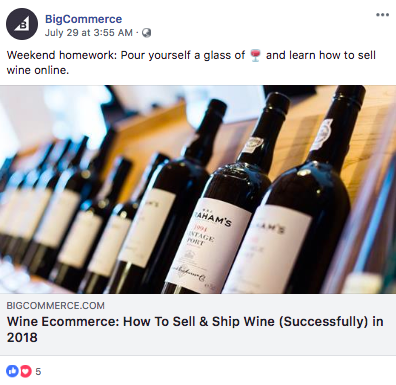
With the Facebook Audience Network reaching over 1 billion people every month, this is a fabulous place to start promoting your content. Within Facebook, you’ve got the options of paid and unpaid ways to get your message out. Depending on the size of your following, targeting options within Facebook ads lets you hone your reach and target specific audiences. Before sponsoring the content, determine whether your post has legs. Start by organically posting through your brand’s Facebook page and once you’ve collected your first ten likes and shares, then move onto sponsoring the post. It’s about building traction; the more likes you get, the more credibility your post has and the higher your potential click-through rates.
If a lot of your customers are on Facebook, then it’s definitely worth posting your content frequently. BigCommerce, as shown in the above image, are great at posting inspirational quotes, videos, and blog posts that resonate with their customers.
With close to a billion users, Instagram is the largest visual content-based social media platform on the internet. So what exactly does a visual platform have to do with written content? According to recent stats, 60% of Instagram users claim to have learned about a product or service via the platform. To get engagement, you’ll need followers, and to grow your followers, you’ll need content. Connect your Instagram profile to your brand’s Facebook page to extend your existing followers, and add your Instagram handle to your website and email signature.
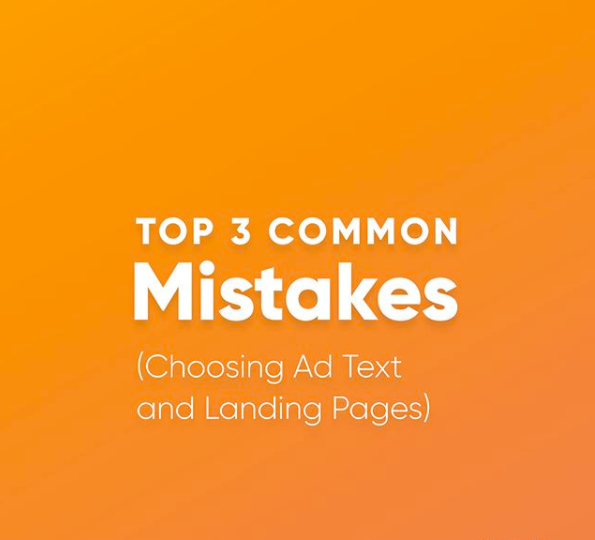
The above image was posted by AdVisible, you can check out that post and their other amazing Instagram blog posts here.
While posting likeable content is a great way to grow your Instagram followers, another strategy is to engage with other relevant user’s content by liking and commenting to build community. To maximise your reach, research the best hashtags to use and use them consistently. This article by Sprout Social has some great #tips on how to discover your niche through hashtags.
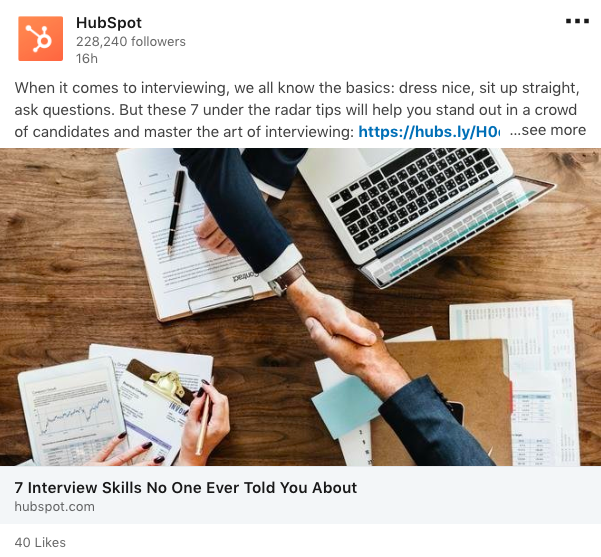
If your business or brand operates in the B2B space, LinkedIn may be worth exploring as you can choose to publish your post on your profile, company page or in groups. As LinkedIn’s users are mainly professional, most engagement will be during the working week – in the mid-morning, and before and after work. Like the other social platforms, LinkedIn has the option to sponsor posts. Before you do, test a few to see which get the most organic traction and then sponsor the ones with the highest click-through rates.
Top Tip:
Tailor the type of content you produce and post to suit the platform. LinkedIn has a different purpose, tone and demographics to Facebook and Instagram. Experiment with different kinds of content to gauge which resonates best across each platform.
Test, Refine and Repeat
In the digital world – complacency costs. Never rest on your laurels and assume that what worked last time will work again. The devil is in the data, so take the time to look at the analytics and find ways you can do better. Depending on the size of your email database, you could consider A/B testing your headlines and monitoring click-through rates. If social media is your outlet – look at how engagement varies with different times of day and call to actions.
